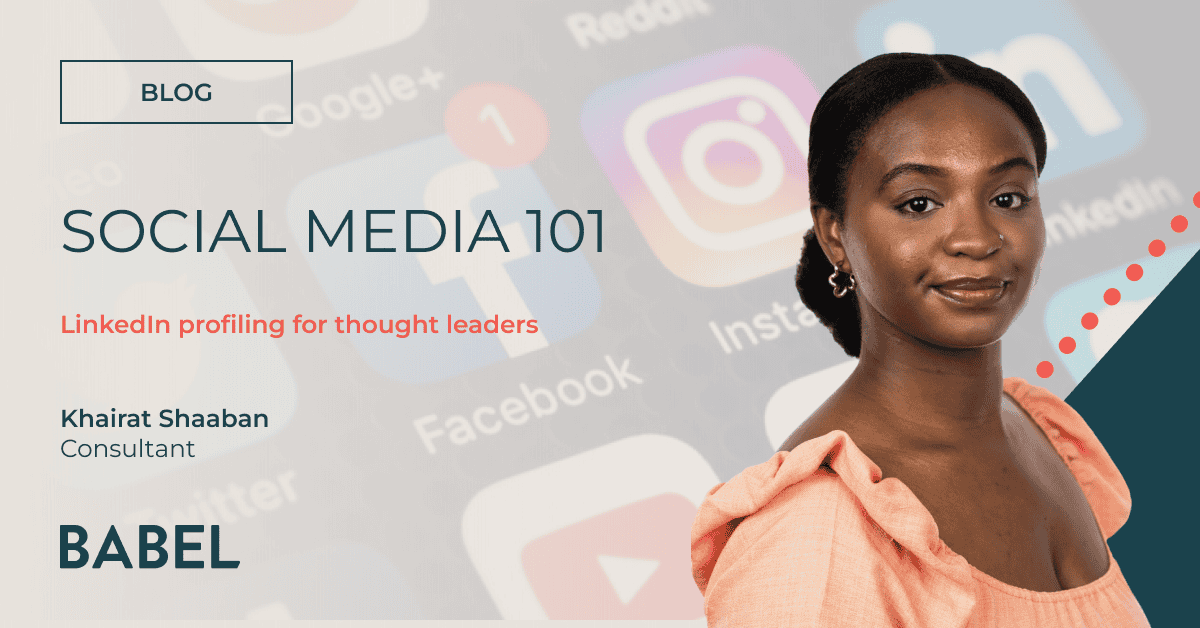
IoT: from buzzword to real-life
I recently attended TechWeekEurope’s breakfast meeting on the Internet of Things. Aside from the delightful champagne and bacon sarnies, the meeting too had a lot of food for thought. Quocirca’s Clive Longbottom gave the audience the full low-down on the IoT landscape today, while TWE editor Duncan MacRae chimed in with his dead-pan humour and industry expertise.
IoT is a buzzword which has had everyone talking over the last couple of years, but it’s only recently that we’ve started to understand its true potential. Now we do understand, there seems to be a cross-industry trend to shy away from IoT devices, mainly due to security fears. Who can really blame us when recent stories of IoT device hacking (think Jeep Cherokee) have made the headlines, reminding us that regardless of what they say, our roads are definitely not ready for driverless cars?
Indeed, vendors currently seem to be in a rush to beat competitors to the market with their connected devices. In this haste, they are failing to address the enormous number of security threats which might affect the product, or its users. If anything, the recent car hacking scandals should be a warning to the whole technology industry: security should be a primary component which is prioritised in the designing and manufacturing of a connected product.
Value-adding real-life applications
Consumers won’t buy into a product, or indeed the IoT, if the industry can’t demonstrate that all the possible security flaws have been addressed. The IoT has the potential to make our lives better and easier. As Clive noted in his speech, the opportunity for IoT at the moment isn’t the gimmick connected fridge telling us that we have run out of milk, but rather the different creative aspects which can really add value to people’s lives.
Let’s start by thinking about fitness trackers. In the Babel London office alone, five of us wear a fitness tracker on a daily basis. Beyond the personal achievements these trackers are helping us to attain (20,000 steps today), spurred on by cheers from our other teammates, what other value could our fitness trackers add?
Longbottom pointed out at the breakfast, what if you were to share the data from your fitness tracker with a prospective insurance company? If the data from your fitness tracker could demonstrate that you are an active individual who regularly exceeds the recommended 10,000 minimum steps in a day, then it could act as a proof point for having a lower insurance package.
The same too applies to car insurance. Young males under the age of 25 will typically pay a higher price for insurance, thanks to the ‘boy racer’ stereotype. However, if a young male installed a black box in his car recording the vehicle’s speed and shared the data with his insurance company, it could be used to lower his insurance premiums.
The potential isn’t just limited to insurance of course. British Airways’ interactive billboard in 2013 demonstrated how the IoT could be used to bring adverts to life. Another example can be found in Westminster’s smart parking. The borough of Westminster is one of the busiest areas of London, where drivers spend an average of 15 minutes looking for a parking space. Last year Westminster City Council teamed up with the company Smart Parking to implement an intuitive parking system which matched drivers with spaces. Not only does the technology take away the hassle of finding a car parking space, but it also helps to reduce congestion and air pollution.
Internet of Everything
And so with the IoT, comes too the IoE. The IoE, or Internet of Everything, is a term which has also come into play this year. The guys at TechWeek differentiate it like this: the Internet of Things are those devices which you have control of (your TV, your phone, your fitness band), while the Internet of Everything are those things which are connected but which you do not control – like the sensors around your house which feed back into your burglar alarm. Gartner estimates that there will be 21 billion connected devices by 2020, but Quocirca thoroughly disagrees with this, arguing that the figure which be much, much larger. In my home alone, there are probably over a hundred connected devices when you take into account all the devices which are considered ‘connected’, such as my radio, HiFi, central heating, burglar alarm sensors, etc – so I can see where Clive is coming from.
The main take away from the breakfast? The IoT is here. It can add value, and make our daily life activities run smoother and faster. It has the potential to help us save money on heating and insurance, while lowering the time taken to find a parking space. But this potential will only be unlocked if the industry implements the appropriate security measures at the point of manufacture, not as an after-thought.





